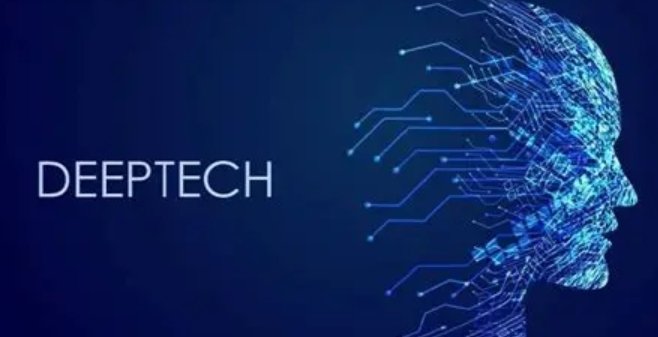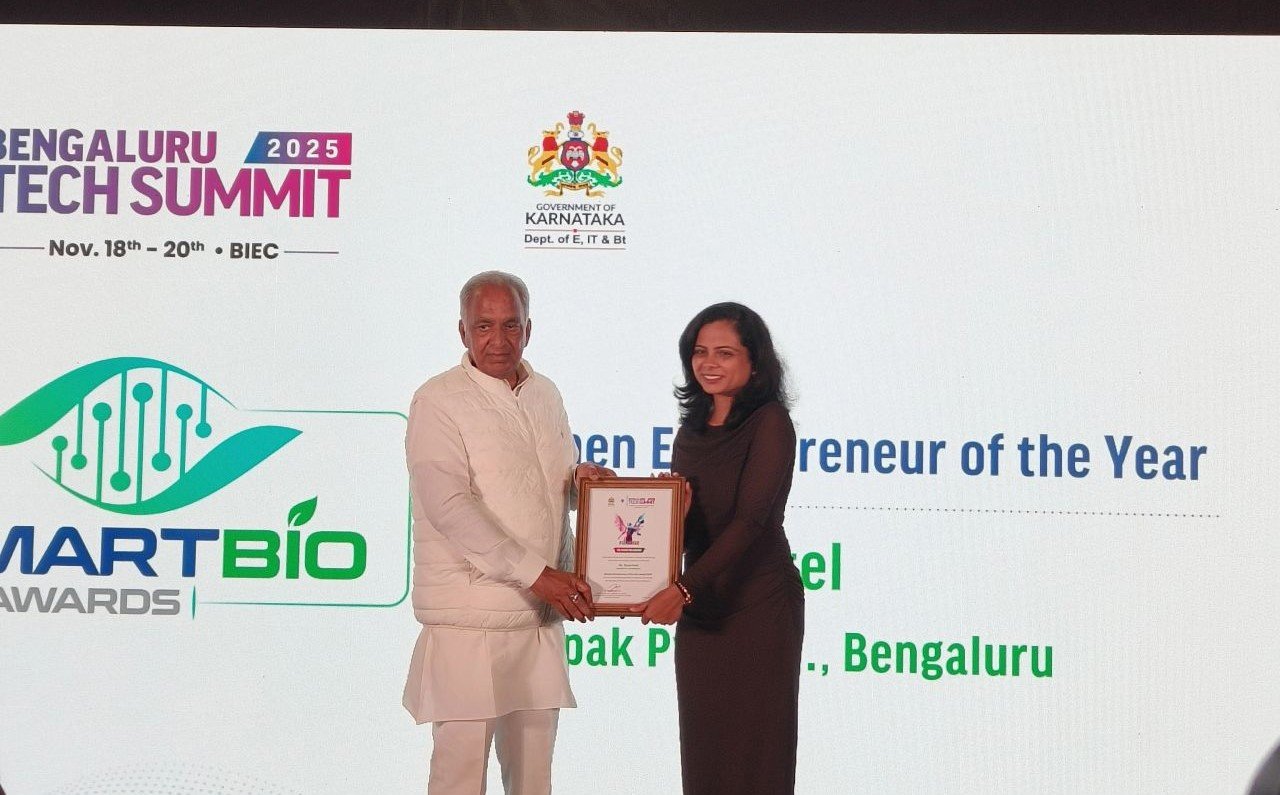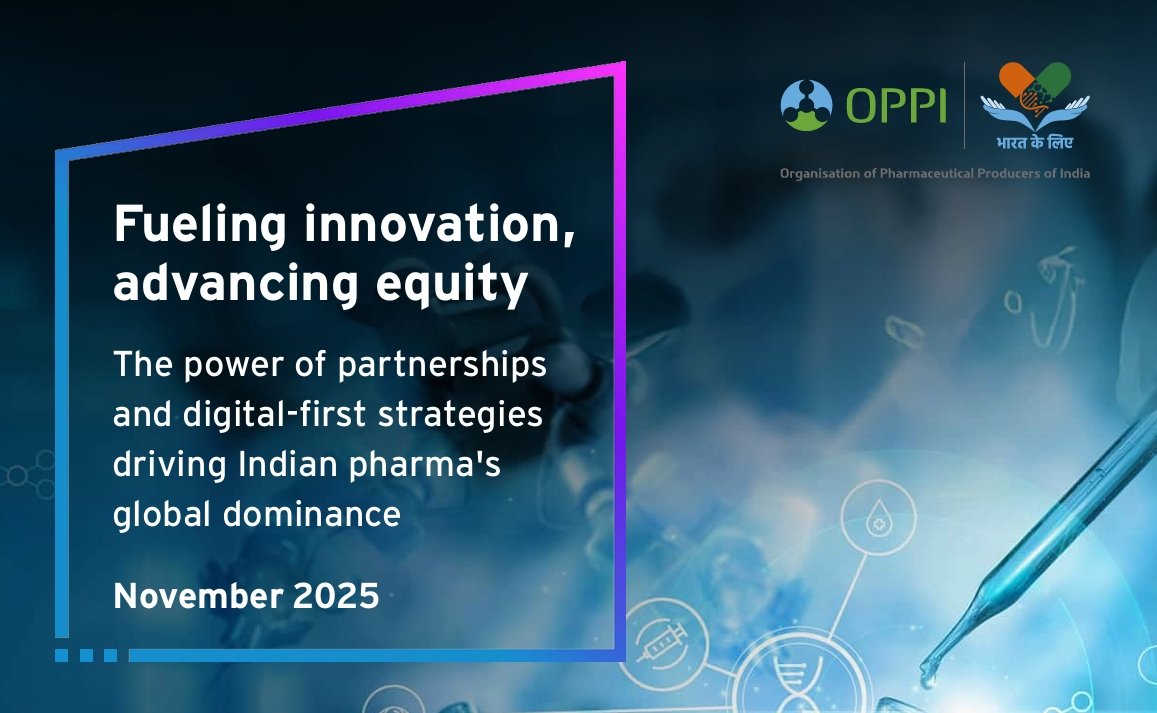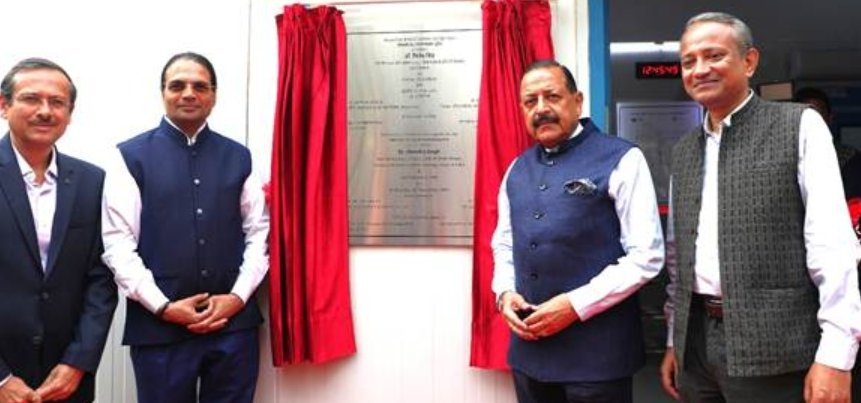Mitigating Technology Challenges in Life Sciences R&D
March 10, 2009 | Tuesday | News
Mitigating
Technology Challenges in Life Sciences R&D
 -Supreet Deshpande, CEO,
VLife Sciences Technologies Pvt Ltd
-Supreet Deshpande, CEO,
VLife Sciences Technologies Pvt Ltd
Two hundred years ago a man was born whose work on evolution changed
the way we looked at our environment. Charles Darwin’s book
the “Origin of Species” proposed a process by which
the amazing diversity that exists in nature has come by. That book
proved to be a profound turning point for not only the scientific
community of that time but to the general populace as well. Today we
are experiencing a similar profound event. Deciphering of the genome
sequences of many life forms and advancements in proteomics have been
the definitive events in life sciences of our times. This progress
combined with that made in the fields of engineered tissue systems and
stem cells has since raised the expectations for miracle cures for many
of the debilitating diseases afflicting humankind today.
Unrealistic expectations more often than not undermine the promises
held out by modern technology. The technologies in the life science
R&D space are no exception. This is compounded by the uneven
development of technology that goes into the drug discovery process,
which forms an important component of the life sciences. Simply put,
the technology evolution in some aspects of this process has not kept
pace with that in other aspects. For instance highly advanced
technologies are today available for the discovery, design and
optimization of lead compounds for tomorrow’s drugs. However
the further refinement and eligibility of these candidates is still
dependent on lengthy and expensive in vitro and in vivo testing
processes. These processes remain time consuming and hence limit the
time and cost savings brought to the new drug development process by
cutting edge discovery technologies.
The benefits accruing out of using computational tools for drug
candidate discovery and optimization are well understood and
recognized. Such technologies enable a manifold expansion of the
initial chemical exploration space, which is not feasible in a time and
cost intensive laboratory-centric effort. They help the development of
a robust molecule design criteria taking cognizance of the
characteristics of the target protein and information of known active
compounds against that protein from historical research. They enable
multiple ‘what if’ scenario try-outs before even
entering a laboratory. They allow pursuit of a structure-based research
program even when the three dimensional protein structure is not
available. Finally, they enable virtual screening of a chemical space
on various aspects thus preempting later stage failures on account of
efficacy, toxicity and bio-availability.
Usage of such technologies has effectively halved the time required to
take a compound from the drawing board stage to the pre-clinical stage.
Absence of proven technologies for the subsequent stages has more or
less left the time lines for those stages intact. The need of the hour
is the development of robust technologies that could quickly replace
the time intensive laboratory experimentation phases. A wish list for
such technologies would not be complete without inclusion of simulation
models for cell level studies, organ level studies and whole animal
studies. A complete replacement of in vitro and in vivo testing with
computational simulation will of course be another example of
unrealistic expectations but development of models that can contribute
towards minimizing such testing would definitely be in the realm of
today’s technology. Fortunately, there are an increasing
number of technology and domain experts who are putting their
collective skills in developing such models but it would perhaps take a
more concerted and focused effort from the scientific and technology
thought leaders before such models could become available for regular
use in the drug development process.
Mere availability of computational technology cannot in any way ensure
a rapid R&D process. In fact, the efficacy of a discovery
research program significantly depends on three factors. The first
factor is the selection of the right technology, second is knowledge of
the researcher about the limitations and strengths of the technology
and the third and most important factor is establishing correct
expectations from the technology, which has significant impact on the
correct ‘go–no go’ decisions.
This brings to fore the second challenge facing the life science sector
today; that of availability of skilled resources that can effectively
leverage the power of technology. Significant investments will have to
be made in training the implementers of these technologies to realize
its true potential. A multitude of training centers have mushroomed in
large and small cities of the country offering training in various
bioinformatics tools. Although a laudable initiative in itself, better
results from such effort could be ensured if the quality of training
imparted has an oversight and guidance from an appropriate
accreditation body.
Development of technologies to cover a bigger spectrum of activities in
the life sciences R&D and training of resources on these
technologies would go a long way in offsetting the challenges posed by
modern times.










